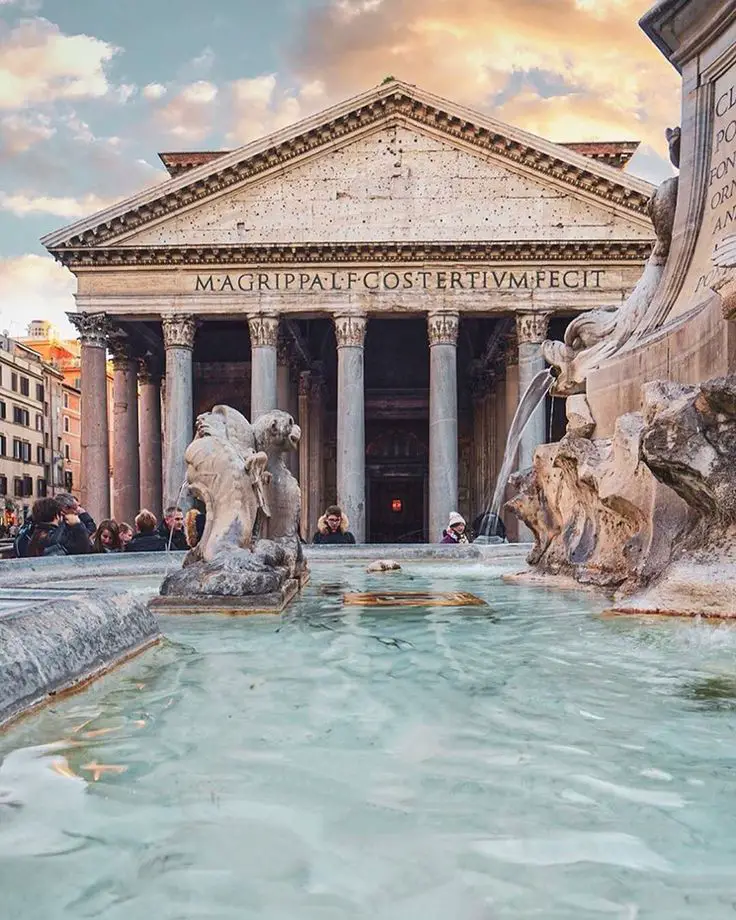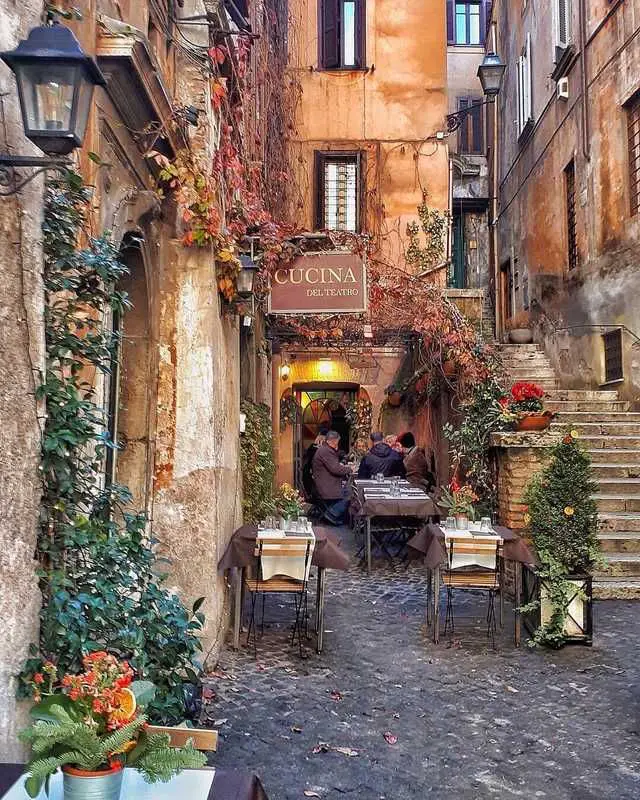Rome, the Eternal City, beckons with its rich history, captivating architecture, and vibrant culture. For first-time visitors, choosing the right neighborhood to stay in is a crucial decision that can significantly impact the overall experience. In this guide, we’ll explore the best areas to stay in Rome for those embarking on their inaugural visit, along with two areas to exercise caution. Additionally, we’ll address common questions to ensure your stay in the Eternal City is both memorable and enjoyable.
Best Areas to Stay in Rome for First-Time Visitors:
Historic Center (Centro Storico):
The heart of Rome, the Historic Center, or Centro Storico, is a quintessential choice for first-time visitors. This area places you within walking distance of iconic landmarks such as the Colosseum, Roman Forum, Pantheon, and Piazza Navona. The cobblestone streets are lined with charming cafes, gelato shops, and boutique stores, creating an immersive Roman experience.
Pros:
Proximity to major landmarks.
Authentic Roman atmosphere.
Abundance of dining and shopping options.
Convenient public transportation access.
Cons:
Higher accommodation prices.
Potential crowds, especially during peak tourist seasons.
Trastevere:
Trastevere, located on the west bank of the Tiber River, offers a delightful mix of history and bohemian charm. This medieval neighborhood is known for its narrow winding streets, historic churches, and a lively nightlife scene. Staying in Trastevere provides a more local and authentic feel while still being within reach of Rome’s key attractions.
Pros:
Charming, picturesque streets.
Authentic local atmosphere.
Excellent dining and nightlife options.
Close proximity to major attractions.
Cons:
Limited public transportation options.
Can be noisy in the evenings due to nightlife.
Monti:
Nestled between the Colosseum and the Roman Forum, Monti is one of Rome’s oldest neighborhoods. This bohemian quarter is characterized by its artistic vibe, eclectic boutiques, and trendy cafes. Monti offers a blend of historic charm and contemporary flair, making it an appealing choice for those seeking a unique Roman experience.
Pros:
Artistic and trendy atmosphere.
Quaint streets and artisanal shops.
Proximity to major historical sites.
Relatively quieter compared to the Historic Center.
Cons:
Limited large hotels; more boutique accommodations.
Fewer dining options compared to busier areas.
Areas to Exercise Caution (2 Areas to Avoid):
Termini Station Area:
While Termini Station is a major transportation hub in Rome, the immediate surrounding area can be less appealing for accommodation. This district is bustling with activity, including busy streets and crowded markets. It may not provide the charming Roman atmosphere that many visitors seek.
Caution:
Higher risk of petty theft and pickpocketing.
Limited charm and authentic Roman ambiance.
Noisy and crowded streets.
Esquilino:
Located near Termini Station, Esquilino has a diverse and multicultural atmosphere. While it offers affordable accommodation options, especially for budget travelers, it might lack the quintessential Roman charm that many visitors desire. Safety concerns and the district’s reputation for being less aesthetically pleasing make it an area to approach with caution.
Caution:
Lower aesthetic appeal compared to other areas.
Safety concerns, especially at night.
Less immersive Roman experience.
FAQs:
Is it safe to walk around Rome at night?
Generally, Rome is considered safe for pedestrians, and many areas are well-lit and frequented by locals and tourists alike. However, it’s advisable to stay vigilant, especially in less crowded areas, and avoid poorly lit streets. Stick to well-known routes and neighborhoods, and be cautious in less touristy areas.
Which neighborhood is best for a family stay in Rome?
The Historic Center and Trastevere are excellent choices for families. These areas offer a mix of historical sites, family-friendly restaurants, and a lively atmosphere. Additionally, they provide easy access to public transportation for exploring other parts of the city.
Are there budget-friendly accommodation options in Rome?
Yes, Rome offers a range of accommodation options to suit various budgets. While the Historic Center may have higher-end hotels, neighborhoods like Monti and Trastevere offer a mix of boutique hotels, budget-friendly guesthouses, and apartment rentals.
Is it necessary to rent a car in Rome?
In most cases, renting a car in Rome is unnecessary and may even be inconvenient. The city has an extensive and efficient public transportation system, including buses and the metro. Traffic and limited parking can make driving in the city challenging. Walking and public transportation are often the preferred modes of getting around.
What’s the best time to visit Rome?
The best time to visit Rome is during the spring (April to June) and fall (September to October) when the weather is mild, and the city is less crowded. Summer can be hot and busy, while winter sees fewer tourists but cooler temperatures.
How do I avoid pickpocketing in crowded areas?
To avoid pickpocketing, stay vigilant in crowded areas, especially around popular tourist attractions and public transportation hubs. Use anti-theft measures such as crossbody bags, money belts, and secure backpacks. Be cautious of your surroundings and keep valuables secure.
Can I find English-speaking locals in Rome?
Yes, many Romans, especially those working in the tourism and hospitality sectors, speak English. However, it’s always appreciated if you make an effort to learn a few basic Italian phrases. Learning some key expressions can enhance your experience and interactions with locals.
Are there any cultural etiquettes I should be aware of in Rome?
Respect for local customs is crucial. When visiting churches, dress modestly, covering shoulders and knees. It’s customary to greet people with a polite “buongiorno” (good morning) or “buonasera” (good evening). Tipping is not as customary as in some other countries, but rounding up the bill or leaving a small tip is appreciated.
Conclusion:
Choosing the right neighborhood in Rome is the first step in crafting a memorable experience in the Eternal City. Whether you opt for the historic charm of the Centro Storico, the bohemian atmosphere of Trastevere, or the artistic allure of Monti, each district offers a unique flavor of Rome. While exercising caution in areas like Termini and Esquilino, visitors can navigate the city with confidence, savoring the blend of ancient history and modern vibrancy that makes Rome an unparalleled destination. As you embark on your Roman adventure, may your choice of accommodation enhance your stay, allowing you to immerse yourself fully in the timeless beauty and allure of this captivating city.

